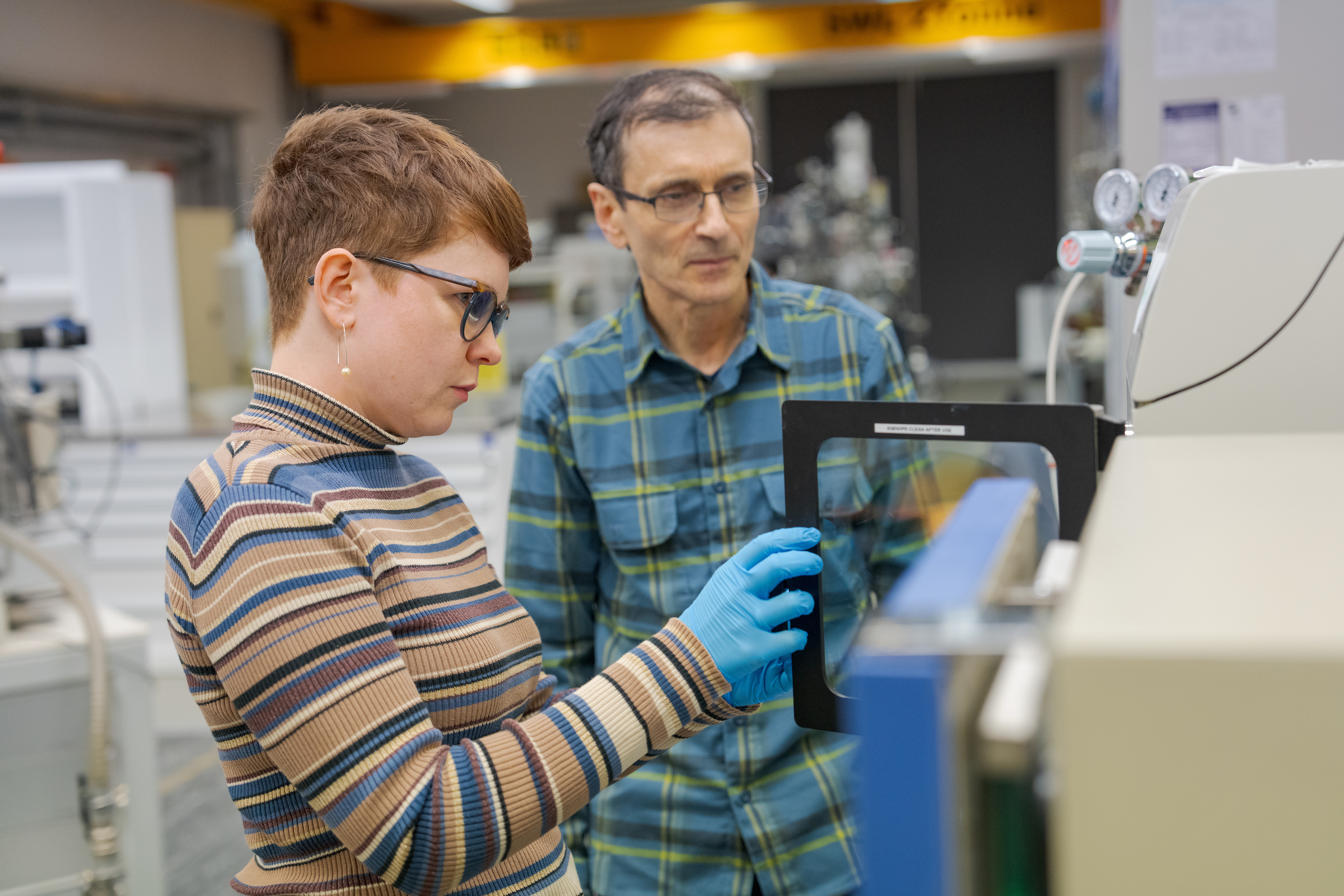
Research projects
Below we list current research topics in RSES, with links to relevant researchers, supervisors and research groups.
Displaying 106 - 120 of 143 project(s).
The amplification of seismic waves in sedimentary basins is an important aspect of seismic hazard that is often poorly understood. This is particularly important in Indonesia, where most major cities are built on basins filled with young alluvial sediments and/or volcanic tuff.
Distributed acoustic sensing (DAS), an emerging technology in solid Earth geophysics, provides new avenue to perform array seismology by transforming a single fibre-optic cable into a continuous sensing element which can collect broadband data at ~1 metre-spacing.
Seismology of the deep Earth refers to studying the Earth's lower mantle and core using various seismological techniques. Seismology is the powerful tool to study the Earth's interior because the waves generated during earthquakes sample different depths and regions in the Earth's interior and carry the information...
Signals transmitted from satellites orbiting the Earth are delayed as they pass through the troposphere of the Earth. This is measurable by GPS and so it is possible to measure how much water vapour is actually in the atmosphere using GPS. This is a new area of research that will involve the student learning about...
Accurate moment tensor solutions are crucial to developing a reliable seismic hazard assessment for Indonesia. Not only are these source parameters relied on for describing the style of faulting and earthquake recurrence in a particular region, they are also critical in developing the Ground Motion Prediction...
The Southern Ocean encircles Antarctica, dividing the polar regions from the warm tropical ocean. It is home to the world's strongest ocean current, the Antarctic Circumpolar Current, and is the primary location where ancient, deep ocean water is upwelled to the surface. The Southern Ocean controls the natural...
science Research area
Group
People
- Dr Adele Morrison, Supervisor
- Dr Kial Stewart, Supervisor
- Dr Navid Constantinou, Supervisor
- Dr Wilma Huneke, Supervisor
- Dr Wilton Aguiar, Supervisor
- Professor Andy Hogg, Supervisor
Condensation around stars leads to a predictable mineralogy based on the composition of the atmosphere of the star. The condensates, like stars, may be oxygen-rich or carbon-rich. The first presolar grains discovered were all C-rich. Minerals such as diamond, silicon carbide and graphite are resistant to acid...
Seismologists combine the so-called receiver functions and surface wave data to improve the general understanding of crustal and upper mantle structure in various regions of the world. An important humanitarian objective of obtaining improved structural models is better understanding of the seismicity and hazard...
science Research area
People
- Nita Sebastian, Principal investigator
- Professor Hrvoje Tkalčić, Supervisor
Subduction zones are the most prolific producers of seismic and volcanic activity on Earth, yet many aspects of the subduction factory remain poorly understood. Surrounded by plate boundaries Australia has a unique advantageous location for recording earthquakes originating from nearby subduction zones.
science Research area
People
- Dr Caroline M. Eakin, Supervisor
- Professor Meghan S. Miller, Supervisor
Linking plate tectonic reconstructions, mantle convection and volcanism to unravel the first-order geodynamic controls on mineral formation and preservation across the Tasmanides.
We aim to test whether a method involving the chemical ninhydrin which selects amino acids, the building blocks of proteins, can:
recover sufficient carbon from extremely degraded protein in Australian bones for radiocarbon dating.
Radiocarbon methods for dating bone select the protein...
The rocks of the Sydney Basin and Lachlan Fold Belt exposed along the south coast of NSW contain numerous basaltic (basalt and dolerite) intrusions (e.g. Bingie Bingie Point, Dolphin Point, Snake Bay, Long Reef, North Bondi). The ages of these dykes and sills are unknown, however, they are assumed to be Tertiary...
The Australian Seismometers in Schools project (AuSIS) is an outreach program to install 50 research quality broadband seismometers in Australian Schools. The goal of the program is to raise awareness of geoscience through observing our dynamic earth in motion. Students are required to look after their own...
science Research area
People
- Associate Professor David Heslop, Supervisor
- Dr Sima Mousavi, Support officer
- Professor Malcolm Sambridge, Principal investigator
Lake Tyrrell is a large salt lake in outback Australia . We aim to make the lake one of the most completely understood hypersaline ecosystems in the world. To achieve this, we are combining environmental genomics where the genome of all predominant microorganism in the lake water are sequenced (>1 billion base...
The Southern Ocean is a key contributor to global climate. It regulates the absorption of CO2 into the ocean, plays a key role in ocean heat uptake and most likely influenced abrupt climate variability in the past. However, the processes that limit Southern Ocean circulation occur at very fine scales,...
